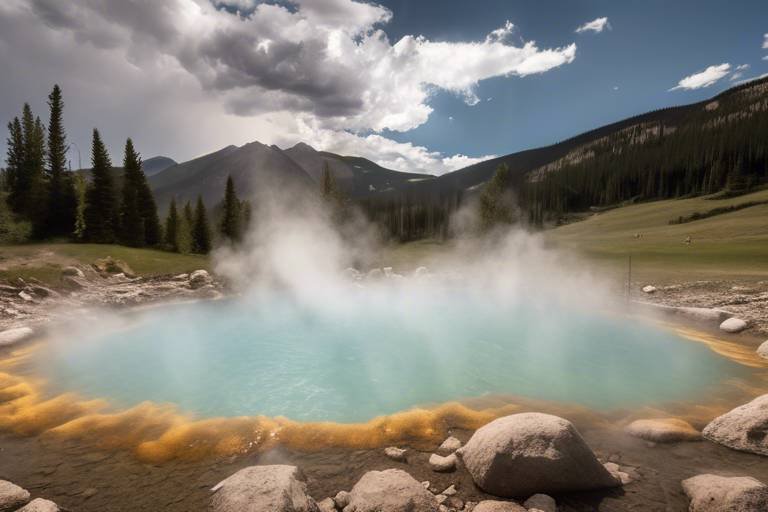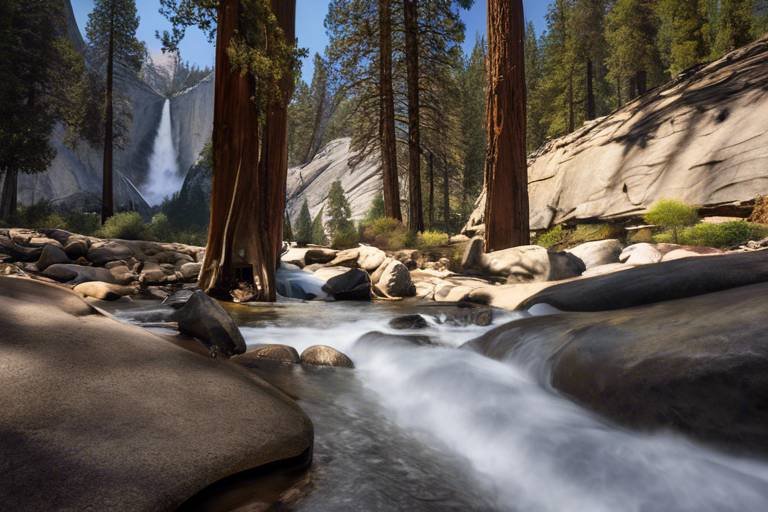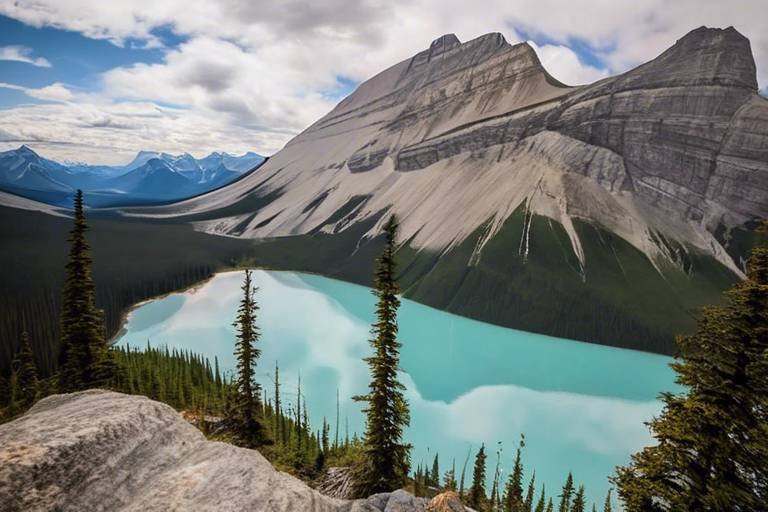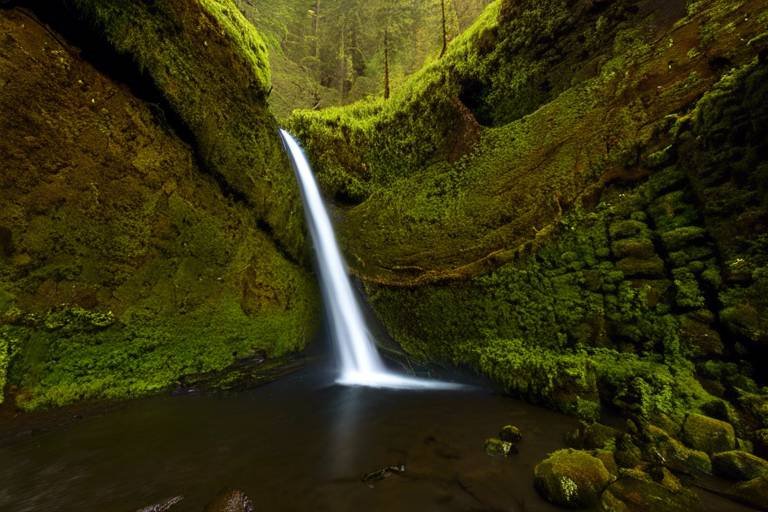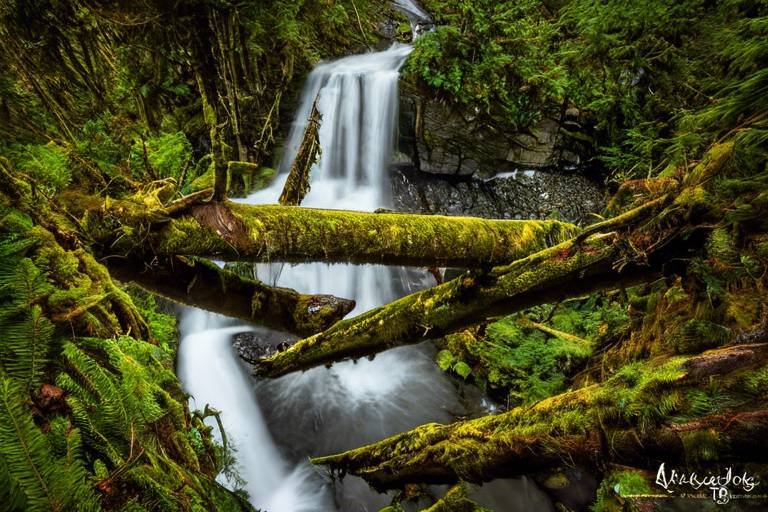Discovering the Hidden Hot Springs of the Rocky Mountains
Have you ever dreamed of stumbling upon a hidden oasis nestled in the rugged terrain of the Rocky Mountains? Well, prepare to be amazed as we embark on a journey to uncover the hidden hot springs that lie scattered throughout this majestic mountain range. These natural wonders offer a serene escape from the hustle and bustle of everyday life, inviting you to soak in their soothing waters and bask in the beauty of untouched wilderness.
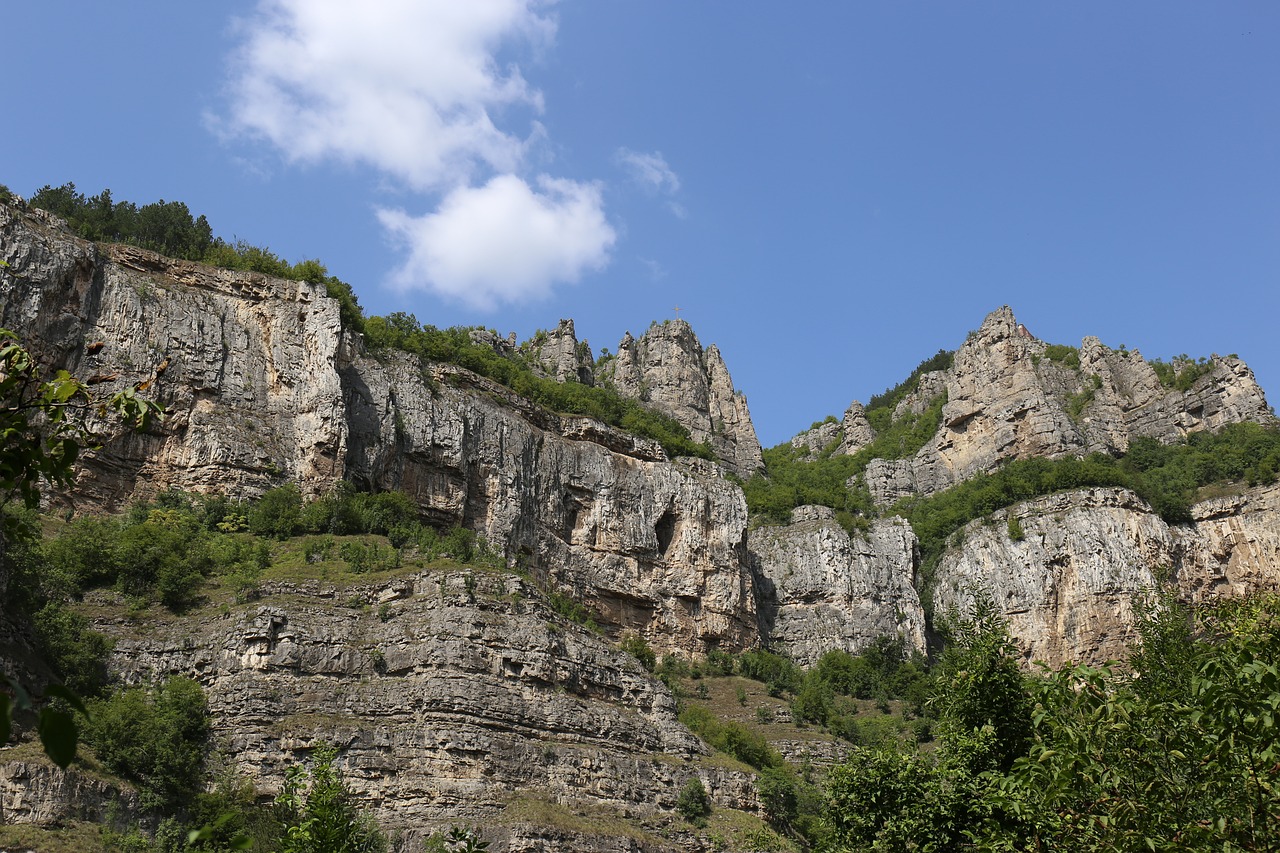
Geological Formation of Hot Springs
Hot springs found in the Rocky Mountains are a result of fascinating geological processes that have been at work for thousands of years. These natural wonders originate from the Earth's internal heat, which warms underground water sources. As this heated water rises towards the surface through faults and fractures in the rock layers, it dissolves minerals along the way, creating the perfect conditions for hot springs to form.
The unique geological features of the Rocky Mountains play a crucial role in the formation of hot springs. The region's mountainous terrain is characterized by a complex network of underground aquifers and geothermal reservoirs that store and channel the hot water to the surface. Additionally, the presence of volcanic activity in the past has further enriched the mineral content of the hot springs, enhancing their therapeutic properties.
Over time, the continuous circulation of water through the Earth's crust allows hot springs to recharge and maintain their temperature, creating sustainable sources of geothermal energy. The geological diversity of the Rocky Mountains, including sedimentary rocks, igneous intrusions, and fault lines, contributes to the varied types and characteristics of hot springs found throughout the region.
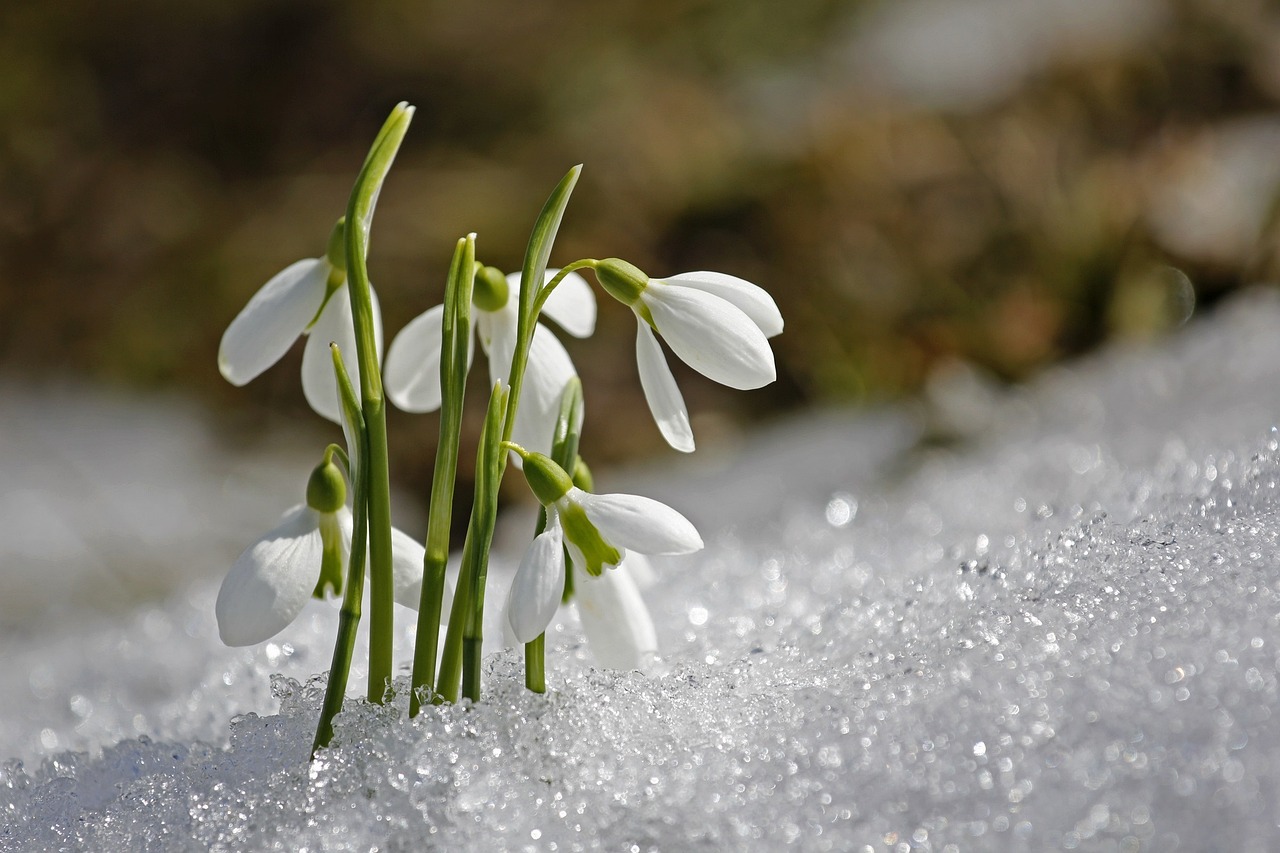
Historical Significance of Hot Springs
Hot springs hold a rich historical significance that dates back centuries, with indigenous peoples being among the first to recognize and utilize the therapeutic properties of these natural wonders. For many Native American tribes, hot springs were revered as sacred healing sites, believed to possess spiritual powers that could cure ailments and promote well-being. The soothing waters of hot springs were not only used for physical healing but also for spiritual cleansing and rejuvenation, making them integral to indigenous cultural practices.
As European settlers began to explore the Rocky Mountains and establish settlements in the region, hot springs gained popularity for their purported health benefits and relaxation properties. Early visitors flocked to these geothermal pools seeking relief from various ailments, with hot springs becoming renowned for their restorative qualities. Over time, hot springs evolved from hidden gems known only to locals to popular destinations that attracted tourists from far and wide.
Today, hot springs continue to hold a special place in the hearts of modern visitors, offering a blend of history, culture, and relaxation. Many hot springs resorts have preserved their historical charm, allowing guests to experience a glimpse of the past while indulging in luxurious amenities. The historical significance of hot springs is not just limited to their healing properties but also encompasses their role as cultural landmarks that have shaped the identity of the Rocky Mountains region.
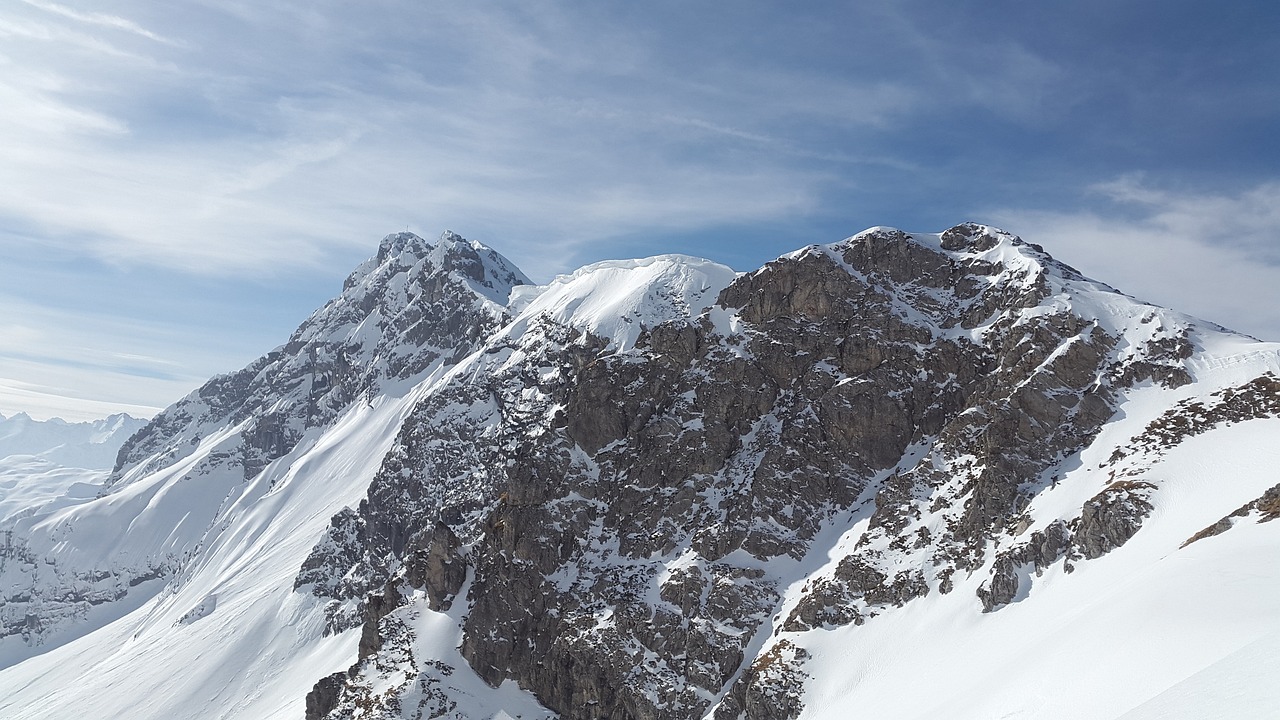
Ecological Impact of Hot Springs
Exploring the reveals a delicate balance between the geothermal wonders and the surrounding environment. These unique natural formations play a crucial role in supporting a diverse ecosystem that thrives in the Rocky Mountains. The warm waters of hot springs create microclimates that enable a variety of plant species to flourish, from rare alpine flowers to resilient grasses that cling to the rocky terrain.
Moreover, the geothermal activity of hot springs attracts a myriad of wildlife, ranging from small insects to larger mammals, seeking warmth and sustenance in this rugged landscape. Creatures such as bighorn sheep, elk, and birds of prey are often spotted near hot springs, adding to the rich biodiversity of the region. The constant flow of mineral-rich water from these springs nourishes the soil and contributes to the overall health of the surrounding flora and fauna.
Despite their ecological benefits, hot springs also face challenges in terms of conservation and protection. The increased popularity of these natural attractions has led to issues such as overcrowding, littering, and disruption of wildlife habitats. Efforts are being made to implement sustainable practices, such as limiting visitor numbers, promoting Leave No Trace principles, and restoring damaged areas to preserve the fragile balance of these geothermal wonders.
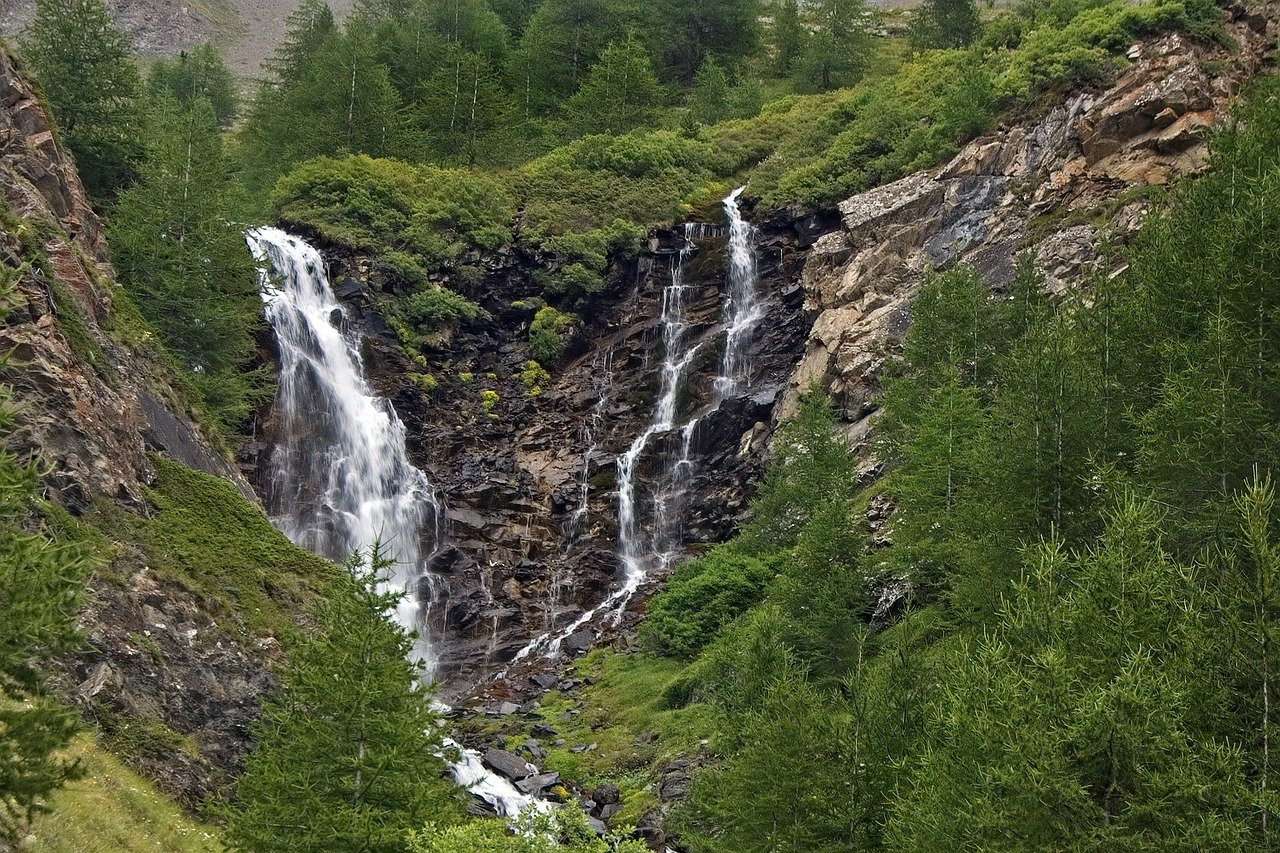
Popular Hot Springs Destinations
When it comes to hot springs destinations in the Rocky Mountains, there are several popular spots that attract visitors seeking relaxation and rejuvenation in natural geothermal pools. One such destination is Strawberry Park Hot Springs near Steamboat Springs, Colorado. Nestled in a picturesque setting with rustic pools of varying temperatures, Strawberry Park Hot Springs offers a tranquil escape surrounded by lush forests and mountain views.
Another renowned hot springs destination is Chena Hot Springs in Alaska, known for its remote location and stunning northern lights displays during the winter months. Visitors can soak in the mineral-rich waters while gazing at the colorful auroras dancing across the night sky, creating a truly magical experience.
Pagosa Springs in Colorado is also a popular choice for hot springs enthusiasts, boasting the world's deepest geothermal hot spring. With multiple pools ranging from hot to cool temperatures, visitors can enjoy a relaxing soak while taking in the scenic beauty of the San Juan Mountains that surround the area.
For those looking for a luxurious hot springs retreat, Stratton Mountain Resort in Vermont offers a sophisticated spa experience with thermal pools, saunas, and wellness treatments. Guests can indulge in pampering sessions while enjoying panoramic views of the Green Mountains, creating a perfect blend of relaxation and luxury.
Lastly, Hot Springs State Park in Wyoming is a popular destination known for its free-flowing hot springs and unique mineral formations. Visitors can explore the park's terraces and pools, including the aptly named "Rainbow Terraces," which showcase vibrant colors created by mineral deposits, adding a touch of natural artistry to the hot springs experience.
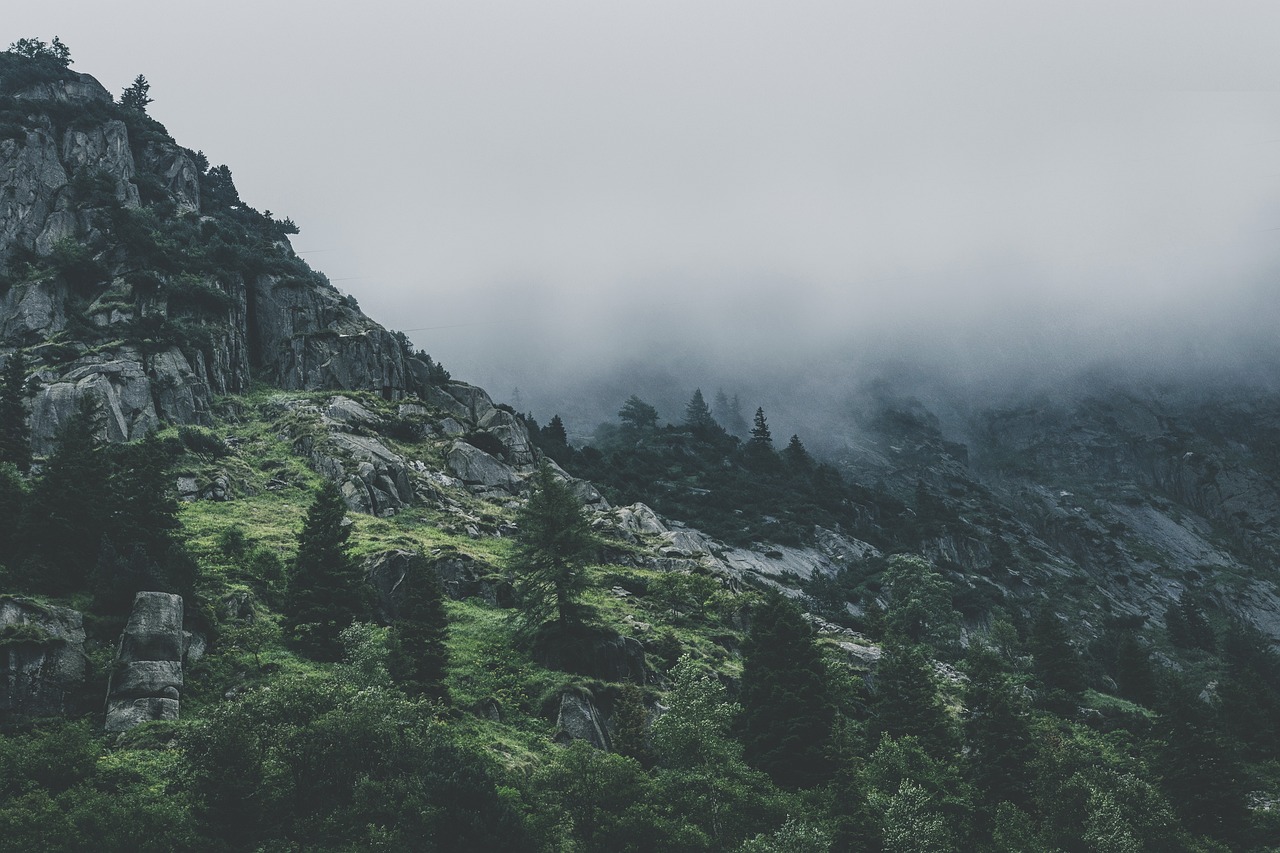
Adventure Activities Around Hot Springs
When it comes to exploring the hot springs nestled within the majestic Rocky Mountains, the adventure extends far beyond the soothing waters. The surrounding areas offer a plethora of outdoor activities that cater to thrill-seekers and nature enthusiasts alike. From adrenaline-pumping hikes to tranquil wildlife encounters, there is something for everyone to enjoy in the vicinity of these geothermal wonders.
One of the most popular activities around hot springs is hiking, as the rugged terrain of the Rockies provides numerous trails with breathtaking views. Whether you're a seasoned hiker or a novice adventurer, there are paths of varying difficulty levels that lead to hidden gems and panoramic vistas waiting to be discovered.
Camping near hot springs is another exciting option for those looking to immerse themselves in nature. Setting up a tent under the starlit sky and falling asleep to the sounds of bubbling hot springs is an experience like no other. It allows for a deeper connection with the environment and a chance to unwind in a tranquil setting.
Fishing enthusiasts will find solace in the pristine waters surrounding hot springs, where trout and other freshwater species abound. Casting a line into the crystal-clear streams while surrounded by the mountainous landscape creates a serene and rewarding fishing experience for both beginners and seasoned anglers.
For wildlife enthusiasts, hot springs offer a unique opportunity to observe diverse flora and fauna in their natural habitat. From elusive mountain goats to colorful bird species, the surrounding ecosystem teems with life waiting to be discovered. Binoculars in hand, visitors can embark on a wildlife-watching adventure unlike any other.
Engaging in these adventure activities around hot springs not only enhances the overall experience but also allows visitors to forge a deeper connection with the natural world. Whether seeking adrenaline-fueled thrills or peaceful moments of contemplation, the Rocky Mountains offer a playground of outdoor opportunities waiting to be explored.
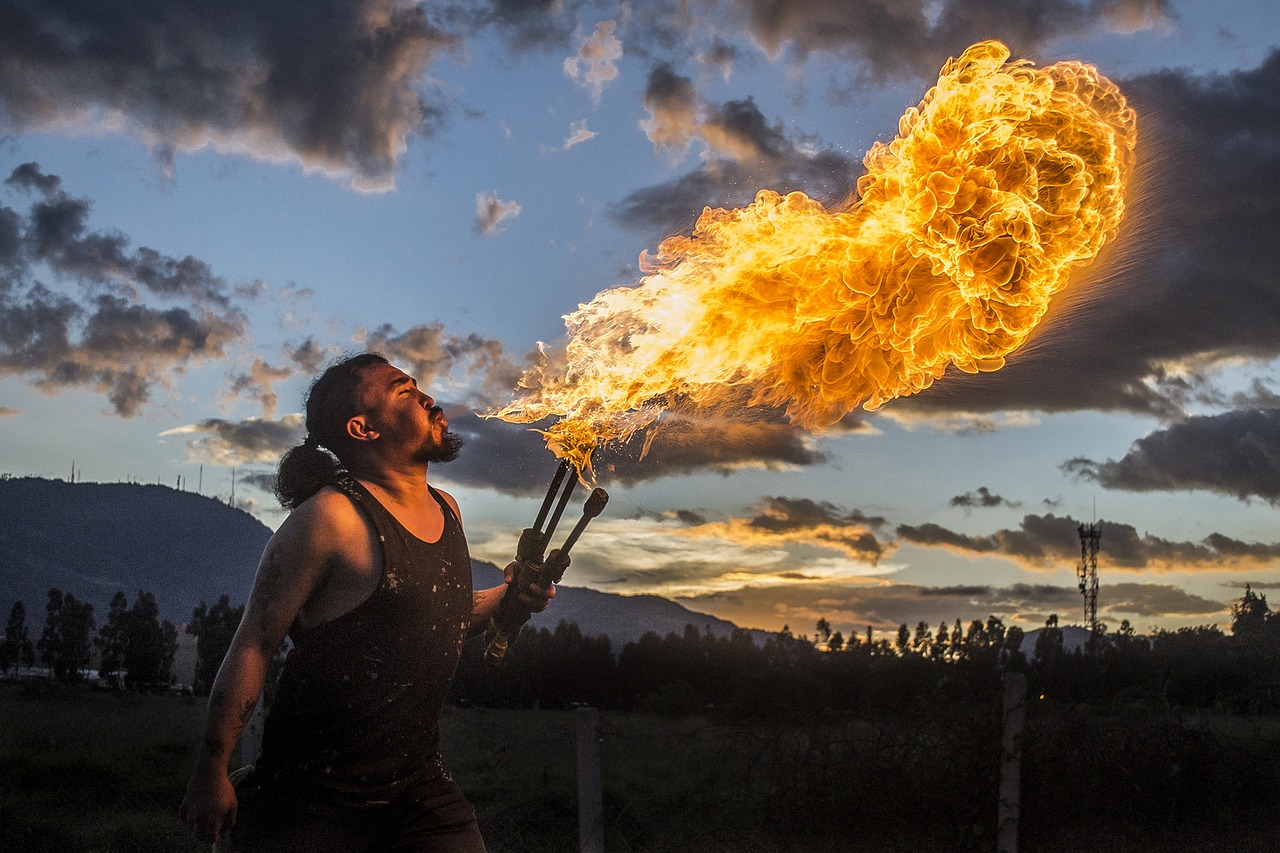
Health Benefits of Hot Springs
When it comes to hot springs, the benefits extend far beyond just relaxation. These natural geothermal pools are not only a feast for the senses but also offer a plethora of health benefits that have been cherished for centuries. The warm mineral-rich waters of hot springs are believed to possess therapeutic properties that can work wonders for both the body and mind.
One of the primary health benefits of hot springs is their ability to promote relaxation and stress relief. The soothing warmth of the water combined with the serene natural surroundings creates a perfect environment for unwinding and letting go of the worries of daily life. Immersing oneself in a hot spring can help relax tense muscles, alleviate anxiety, and promote a sense of calmness and well-being.
Moreover, the mineral content of hot springs is said to have healing properties that can benefit various skin conditions. The minerals present in the water, such as sulfur, silica, and magnesium, are believed to have skin-rejuvenating effects, helping to improve skin texture, reduce inflammation, and promote overall skin health.
Hot springs are also known for their potential therapeutic effects on certain health conditions. Many people believe that soaking in hot springs can help alleviate symptoms of arthritis, improve circulation, and even aid in the recovery from injuries. The combination of heat, buoyancy, and mineral absorption is thought to have a positive impact on joint pain and muscle soreness.
Furthermore, the act of immersing oneself in hot springs can have a detoxifying effect on the body. As the warm water opens up the pores and increases circulation, it helps the body eliminate toxins and impurities, resulting in a feeling of rejuvenation and revitalization. This detoxifying process can boost overall health and vitality.
In essence, hot springs offer not only a delightful escape into nature but also a holistic experience that can benefit both the body and mind. Whether you seek relaxation, skin rejuvenation, relief from aches and pains, or simply a moment of tranquility, hot springs have something to offer for everyone.
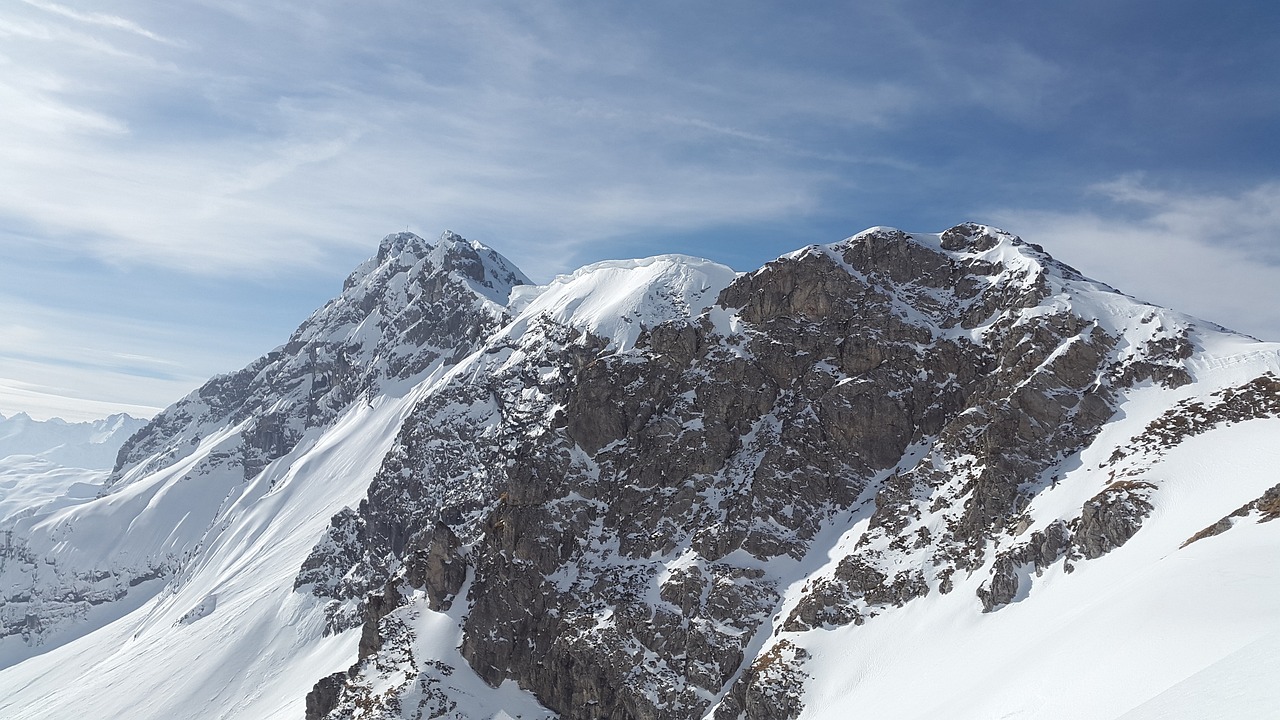
Preservation Efforts for Hot Springs
Preserving the natural beauty and integrity of hot springs in the Rocky Mountains is a paramount concern for environmentalists and conservationists alike. As these geothermal wonders continue to attract a growing number of visitors seeking relaxation and rejuvenation, the delicate balance between human enjoyment and environmental protection becomes increasingly crucial.
Efforts to safeguard hot springs from overexploitation and degradation involve a multi-faceted approach that combines education, regulation, and community involvement. By raising awareness about the importance of preserving these natural resources, organizations and government agencies aim to instill a sense of responsibility among visitors and locals alike.
Regulatory measures, such as implementing visitor limits, enforcing Leave No Trace principles, and establishing designated trails and facilities, play a significant role in minimizing the impact of human activities on hot springs ecosystems. These guidelines help mitigate erosion, pollution, and habitat disturbance, ensuring that these geothermal oases remain pristine for future generations to enjoy.
Collaborative initiatives between environmental groups, land managers, and indigenous communities also contribute to the protection of hot springs. By engaging in dialogue and sharing traditional knowledge, stakeholders work together to develop sustainable management practices that respect the cultural significance and ecological value of these natural treasures.
Furthermore, ongoing research and monitoring efforts help track changes in water quality, biodiversity, and geothermal activity, providing valuable insights into the health of hot springs ecosystems. By collecting data and conducting studies, scientists can identify potential threats and implement targeted conservation strategies to mitigate risks and preserve these unique environments.
In essence, the preservation of hot springs in the Rocky Mountains requires a collective commitment to stewardship and sustainability. By respecting the natural balance of these geothermal features and adopting responsible behaviors, we can ensure that hot springs continue to offer solace and serenity to all who seek their soothing waters.

Hidden Gems: Lesser-Known Hot Springs
Exploring the vast expanse of the Rocky Mountains reveals more than just the popular hot springs that draw in crowds of visitors. Tucked away in remote corners and hidden within the rugged terrain are lesser-known hot springs waiting to be discovered by the adventurous souls seeking a quieter and more secluded soaking experience. These hidden gems offer a sense of exclusivity and tranquility, away from the bustling crowds, providing a unique opportunity to connect with nature in a more intimate setting.
One such hidden gem is Crystal Falls Hot Springs, located deep within a secluded canyon, accessible only by a challenging hike through dense forests and rocky terrain. The reward at the end of the journey is a series of cascading hot springs, surrounded by towering cliffs and lush vegetation, creating a picturesque and serene oasis for those who make the trek.
Another lesser-known treasure is Whispering Pines Hot Springs, nestled high in the mountains and accessible only by a rugged dirt road. This hidden gem offers a peaceful retreat with natural rock pools overlooking breathtaking vistas of the surrounding wilderness. The soothing waters and the whisper of the pines create a tranquil atmosphere, perfect for relaxation and rejuvenation.
For those willing to venture off the beaten path, Wildflower Meadows Hot Springs awaits, hidden in a remote valley dotted with colorful blooms during the spring and summer months. Surrounded by meadows teeming with wildlife and the gentle melody of flowing streams, this hidden gem provides a serene escape for nature lovers seeking a peaceful soak in a pristine setting.
Exploring these lesser-known hot springs in the Rocky Mountains offers a chance to experience the wonders of nature in a more intimate and secluded way, away from the crowds and commercialization often found at popular hot spring destinations. It's a journey of discovery and connection with the untamed beauty of the wilderness, where the hidden gems reveal themselves to those willing to seek them out.
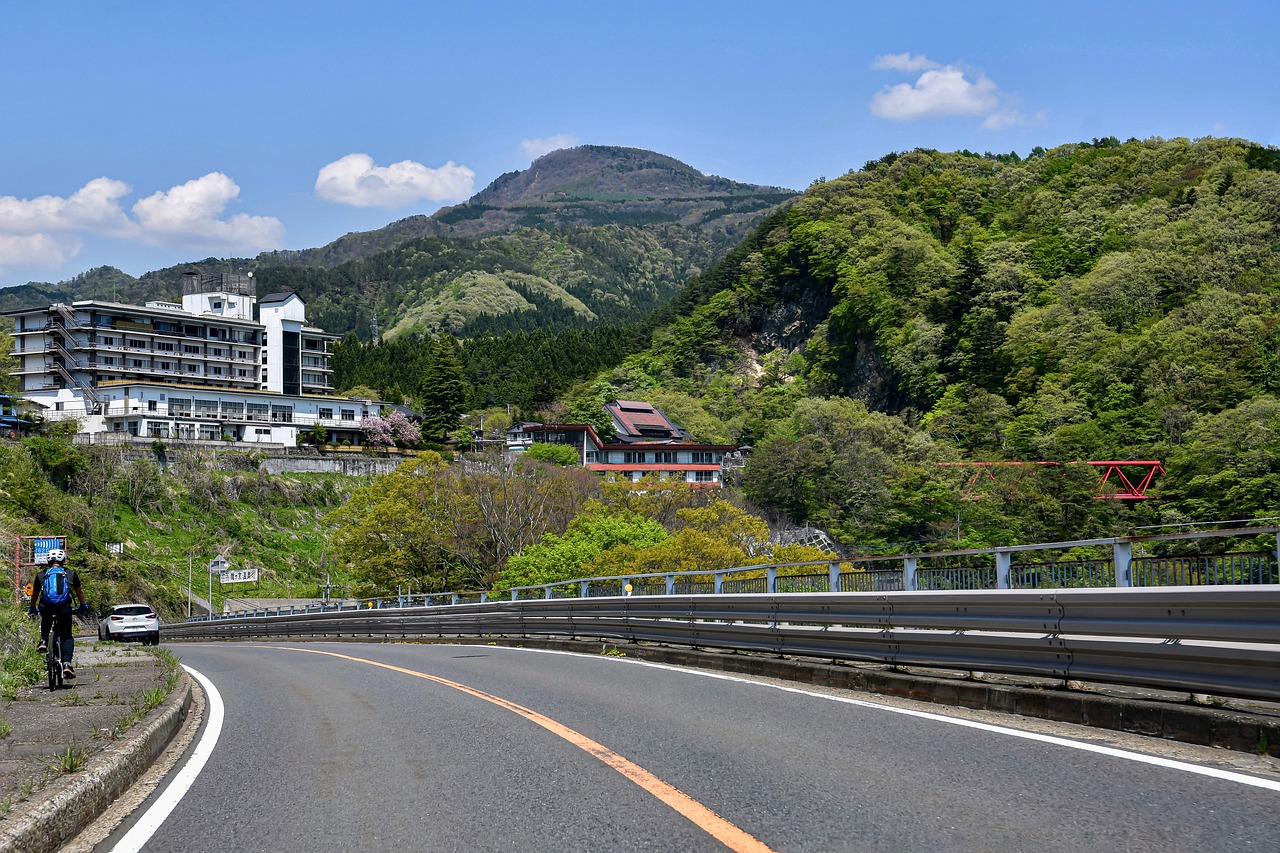
Tips for Hot Springs Exploration
When embarking on an adventure to explore the hidden hot springs of the Rocky Mountains, there are several important tips to keep in mind for a safe and enjoyable experience. Firstly, it is crucial to research and choose hot springs that are accessible and suitable for your skill level. Some hot springs may require a hike or have specific entry requirements, so be prepared and informed before setting out on your journey.
Additionally, always respect the natural environment and follow any posted rules or guidelines at the hot springs. This includes packing out any trash, refraining from using soap or other chemicals in the water, and being mindful of other visitors seeking tranquility in these serene locations.
For those planning to soak in the hot springs, it is advisable to bring along appropriate gear such as towels, water shoes, and a change of clothes. The water temperature can vary, so be prepared for both hot and cold conditions to ensure a comfortable experience.
Furthermore, consider visiting hot springs during off-peak times to avoid crowds and fully immerse yourself in the peaceful surroundings. Early mornings or weekdays are often quieter, allowing for a more intimate and relaxing soak in the geothermal waters.
Lastly, always prioritize safety during your hot springs exploration. Be cautious around slippery rocks, stay hydrated, and be aware of your surroundings at all times. By following these tips, you can make the most of your hot springs adventure while preserving these natural wonders for future generations to enjoy.
Frequently Asked Questions
- What are hot springs?
Hot springs are natural bodies of water that are heated geothermally by the Earth's internal heat. They contain high mineral content and are known for their therapeutic properties.
- Are hot springs safe to soak in?
Hot springs can vary in temperature and mineral content, so it's important to research and follow any posted guidelines at the specific hot spring you plan to visit. Always test the water temperature before fully immersing yourself.
- What health benefits do hot springs offer?
Hot springs are believed to have various health benefits, including stress relief, improved circulation, and relief from muscle aches and skin conditions due to the mineral content in the water.
- How should I prepare for a hot springs visit?
When visiting hot springs, it's important to bring appropriate swimwear, towels, water bottles, and sunscreen. Additionally, be mindful of the environment and follow Leave No Trace principles to preserve the natural beauty of the area.
- Can I visit hot springs year-round?
While some hot springs are accessible year-round, others may have seasonal variations in accessibility due to weather conditions. It's best to check ahead of time and plan your visit accordingly.
- Are there age restrictions for visiting hot springs?
Age restrictions can vary depending on the hot spring location and facility rules. Some hot springs may have specific areas designated for families with children, while others may have adult-only sections.

